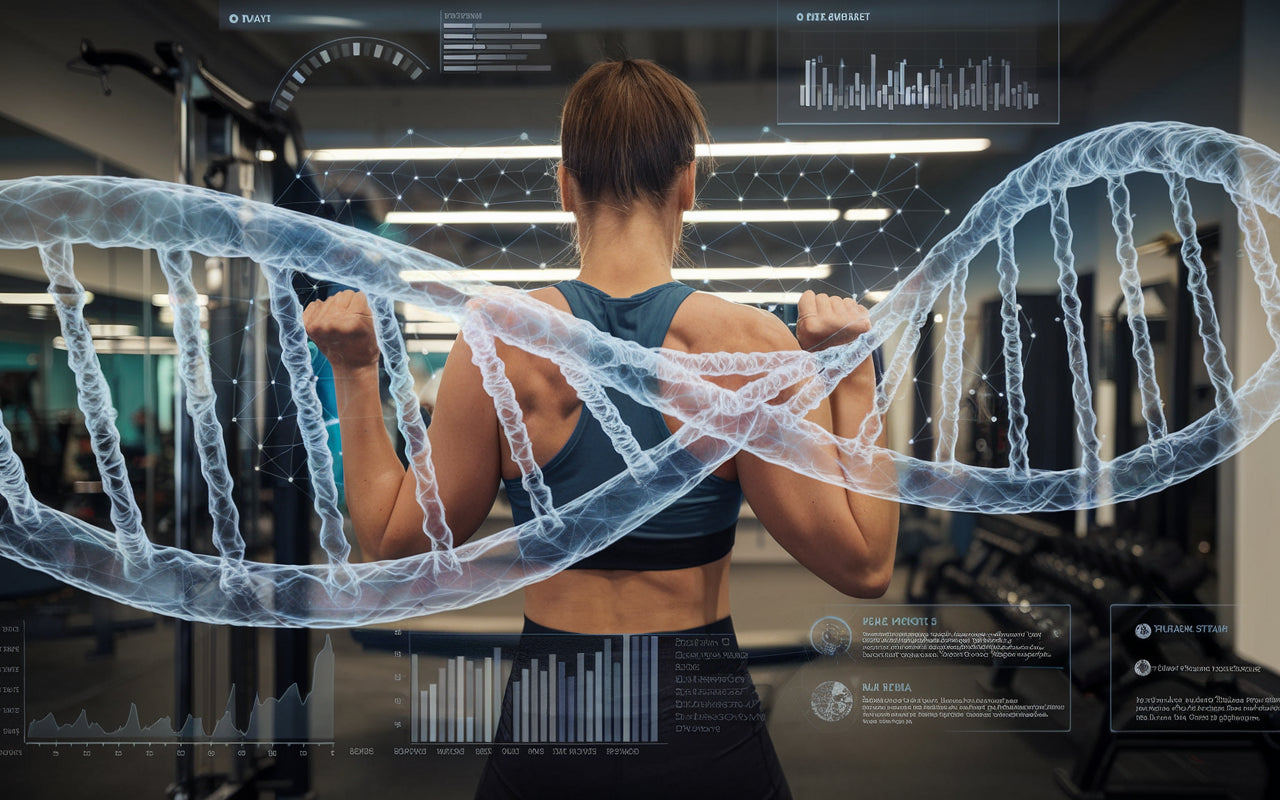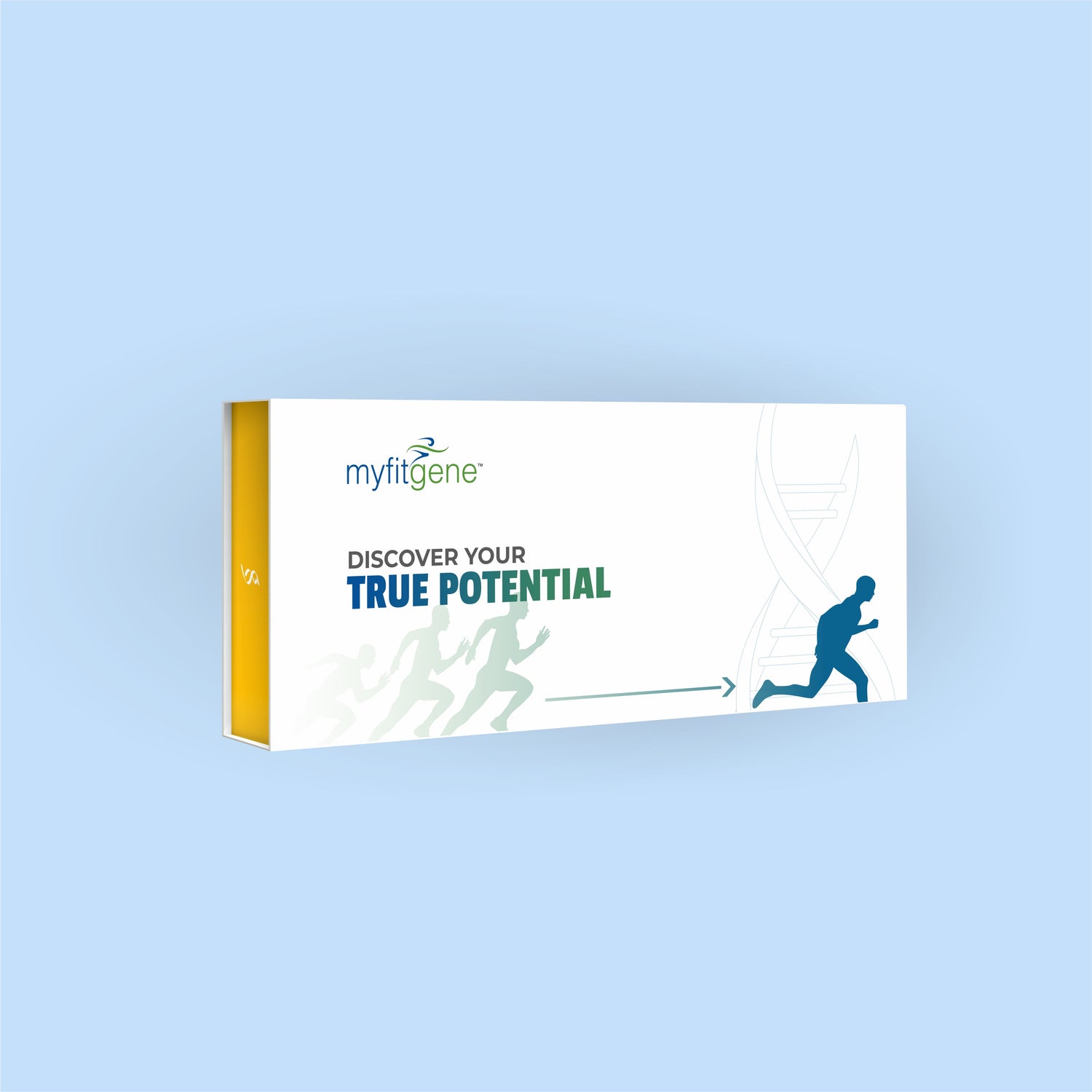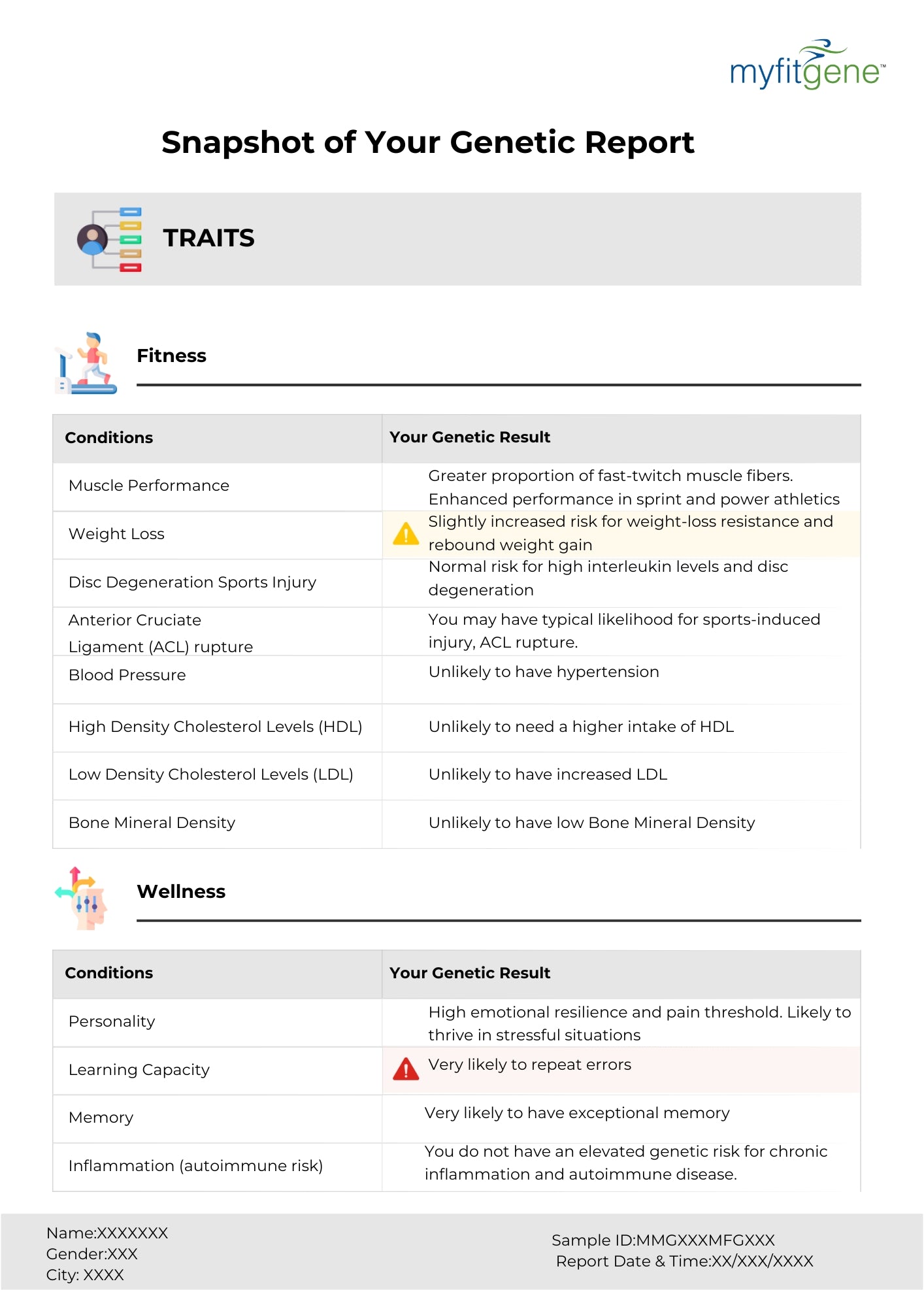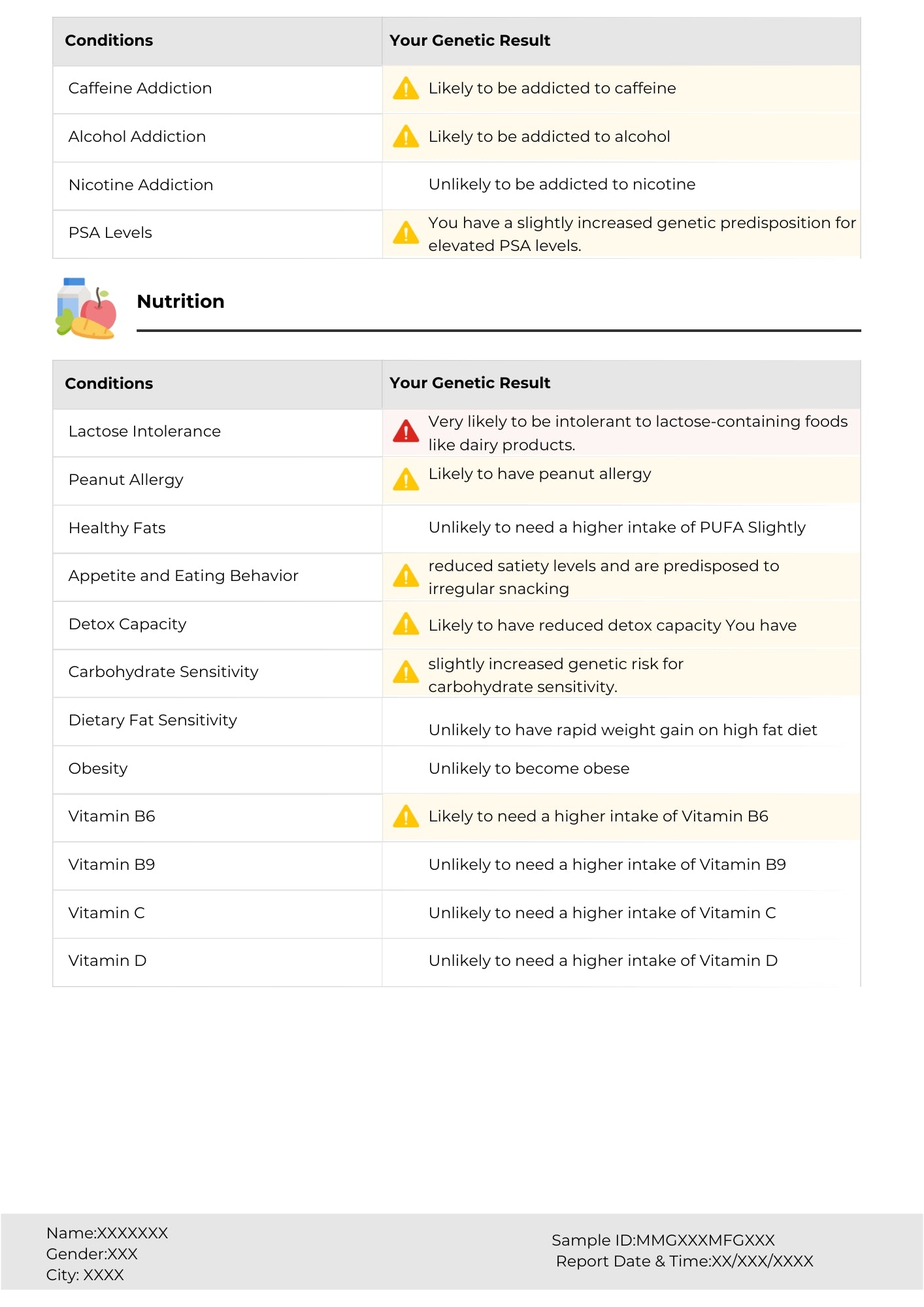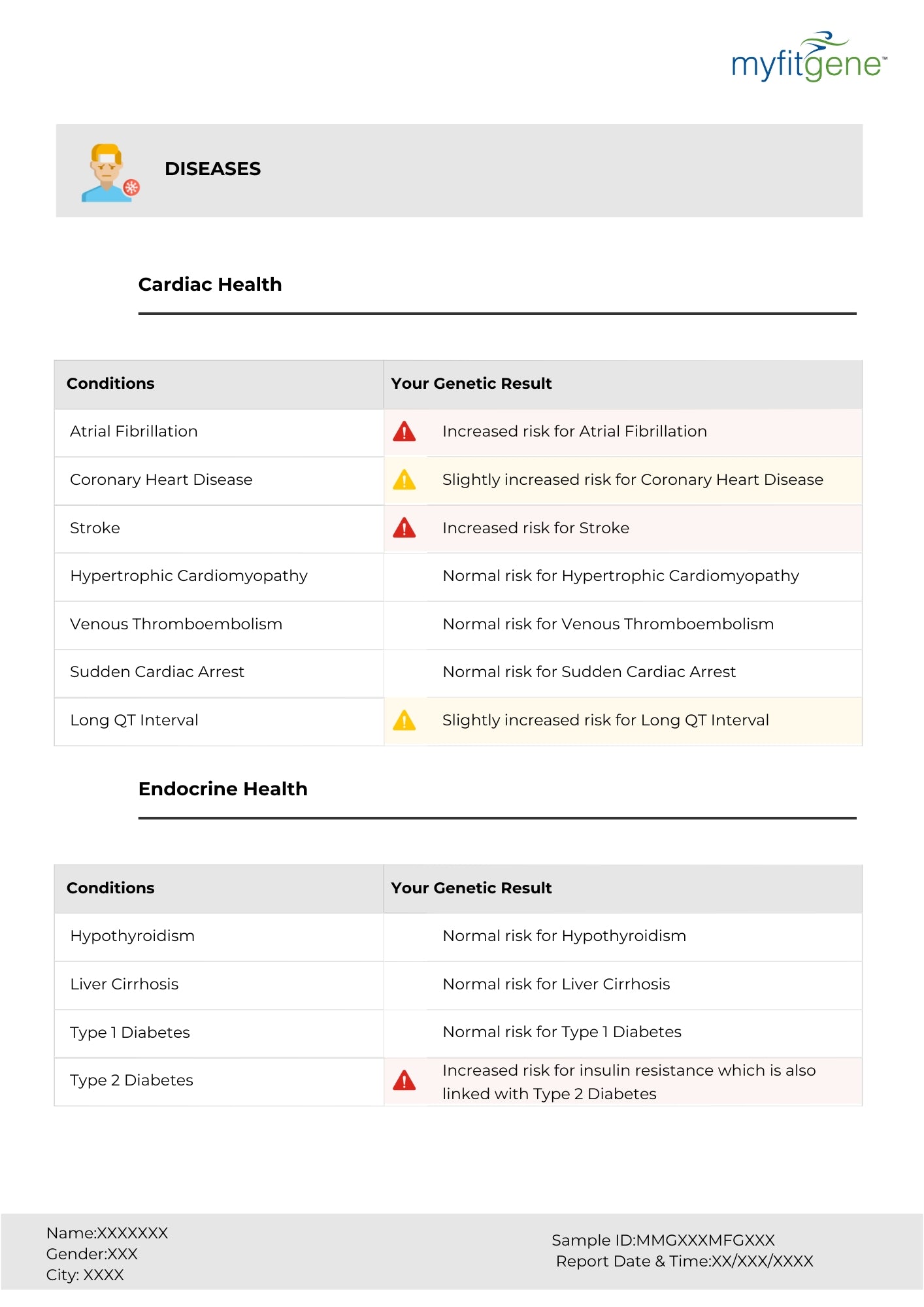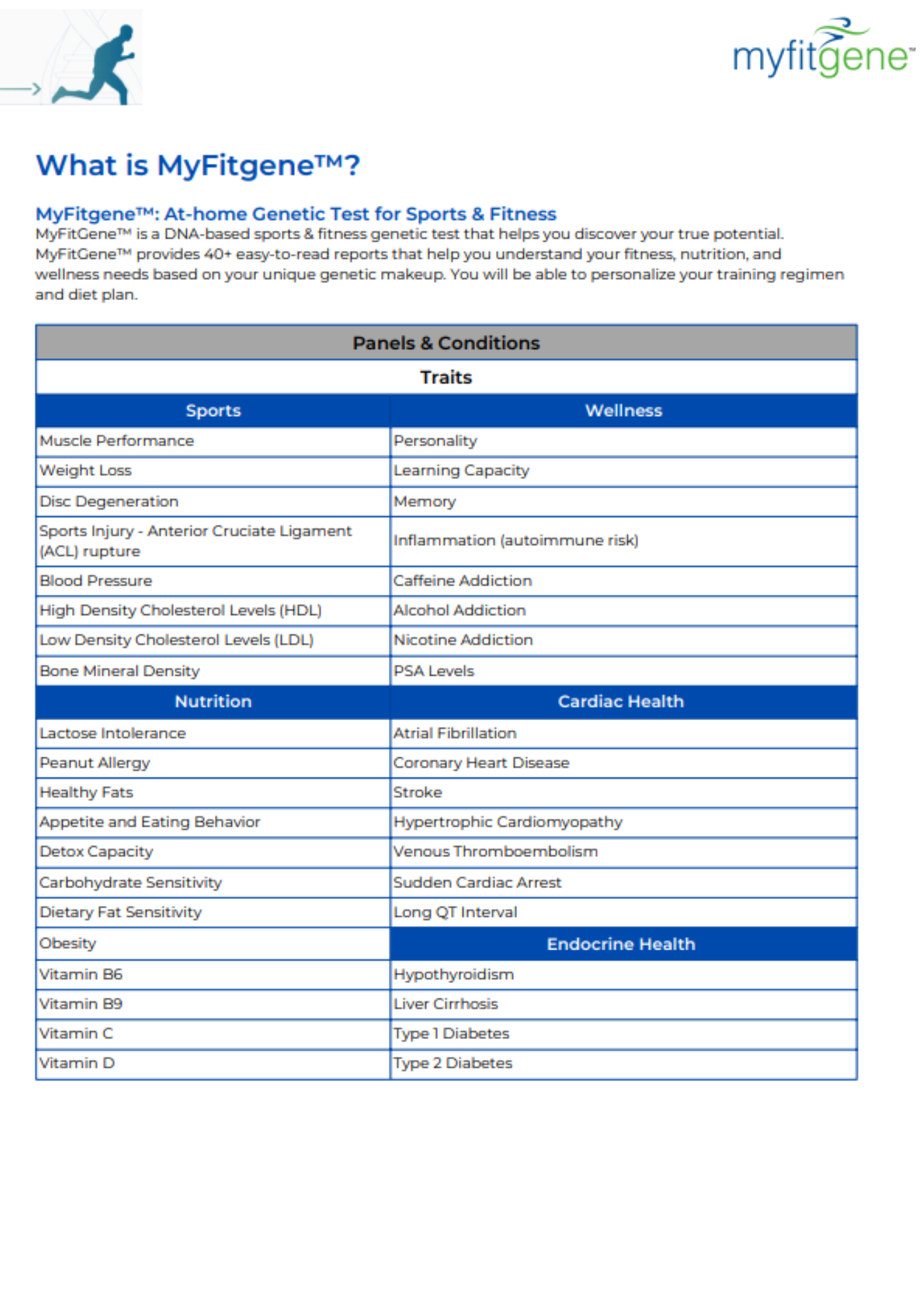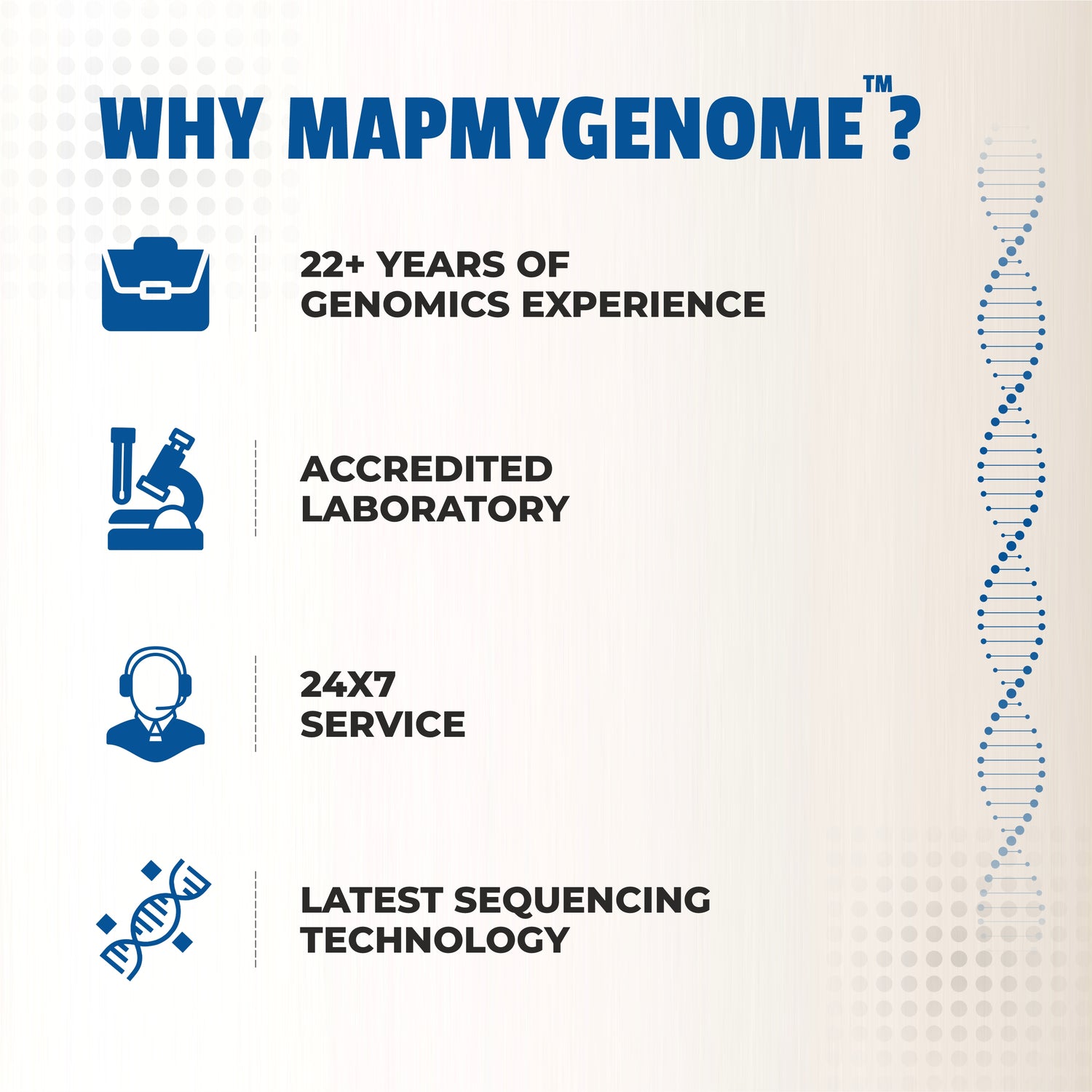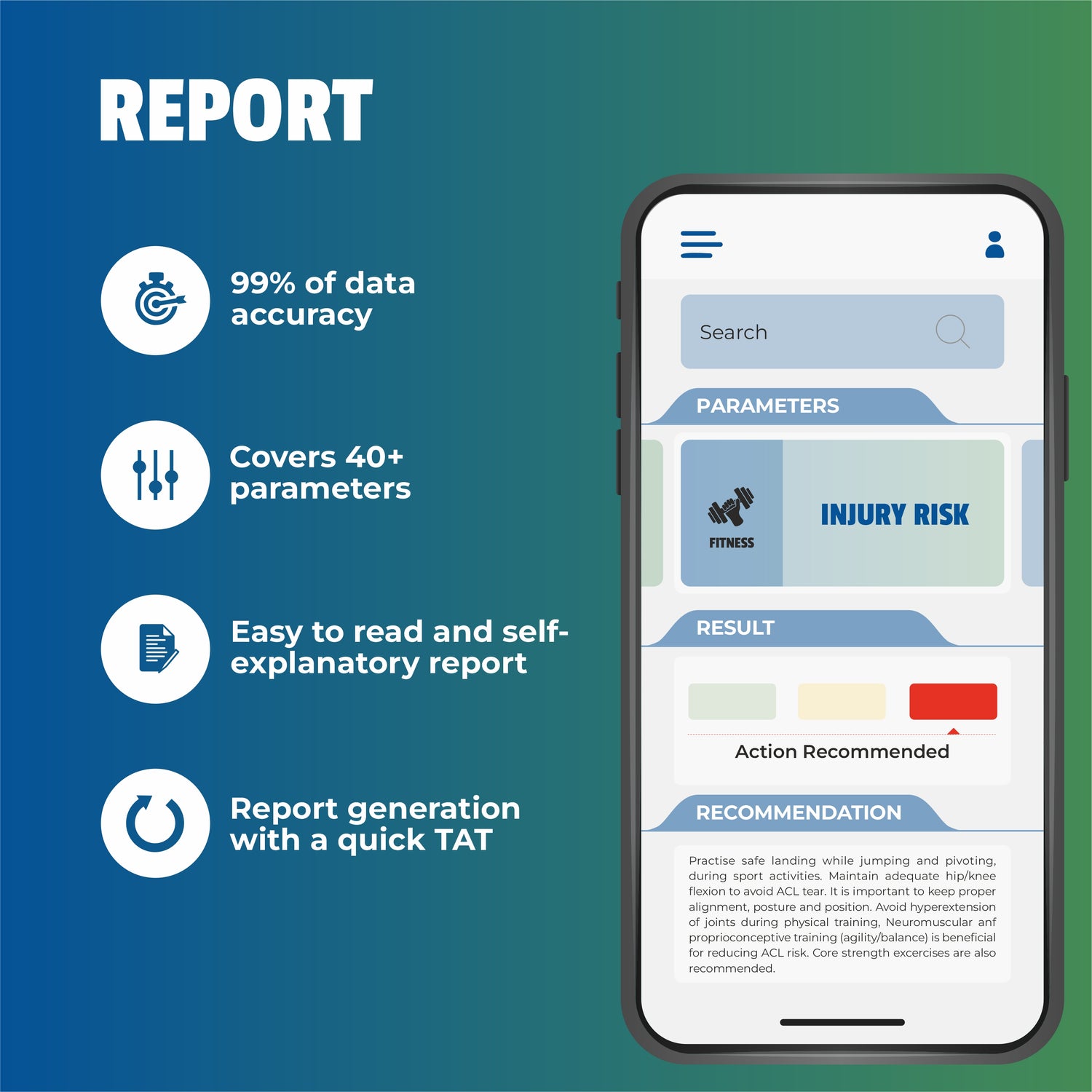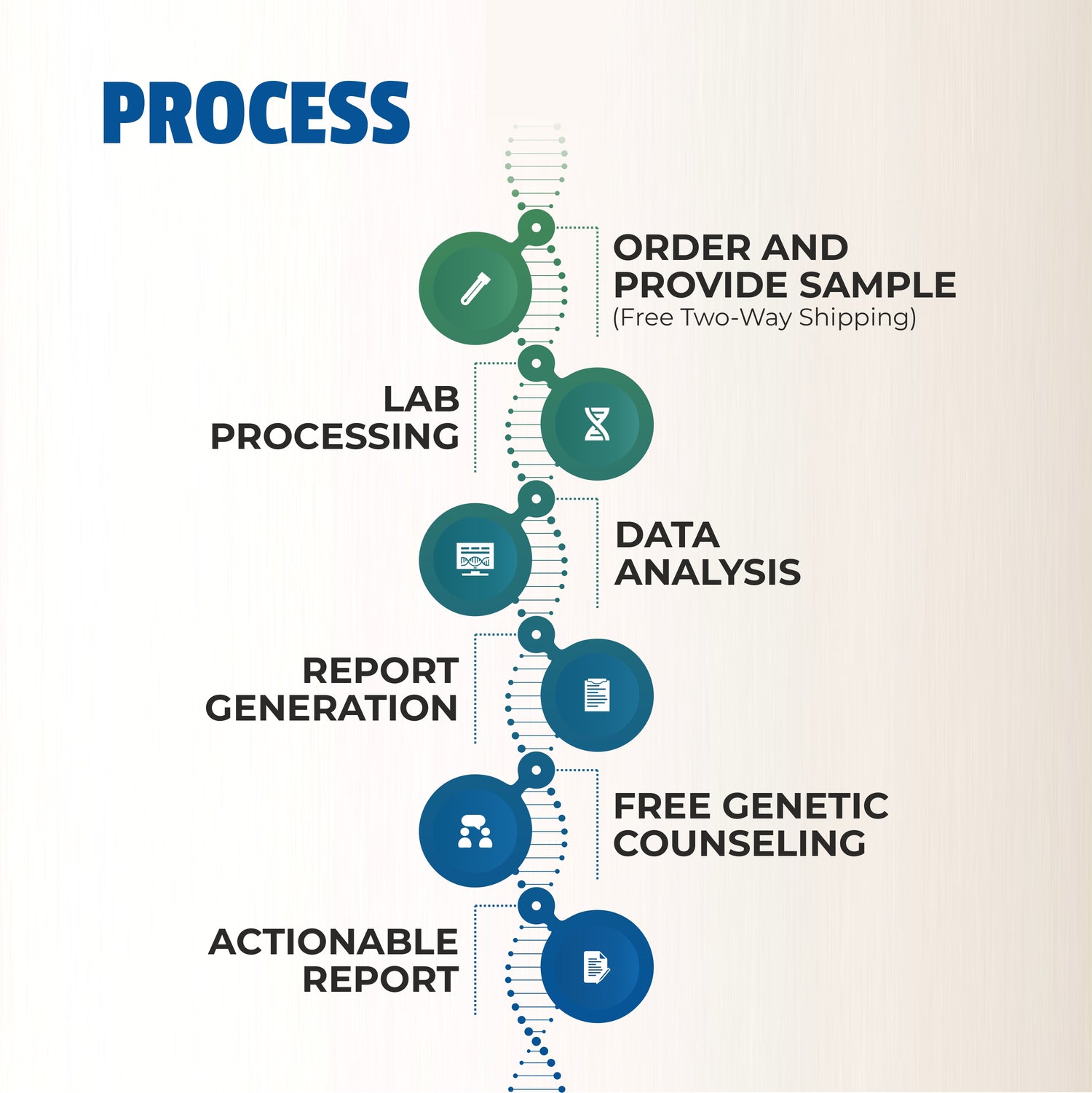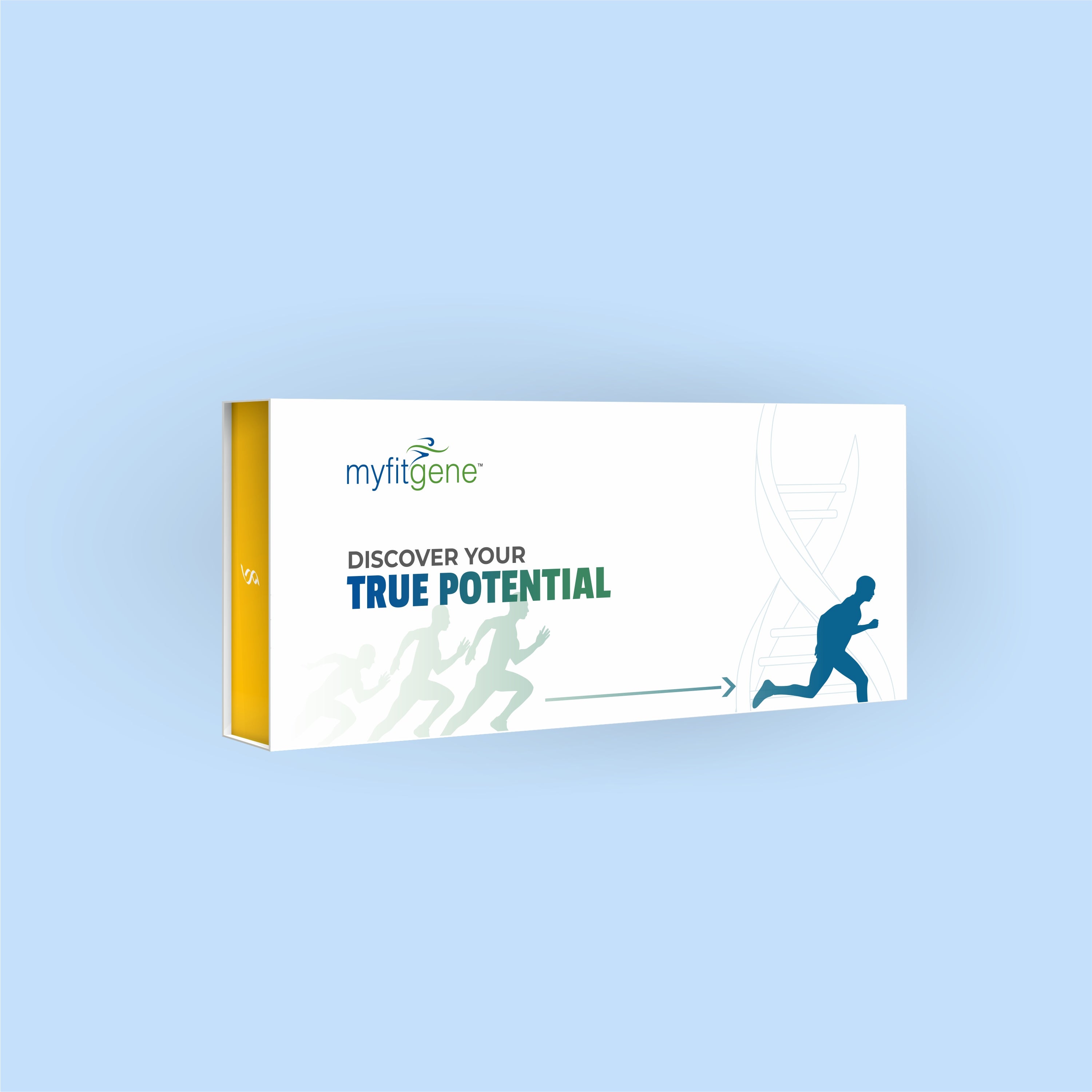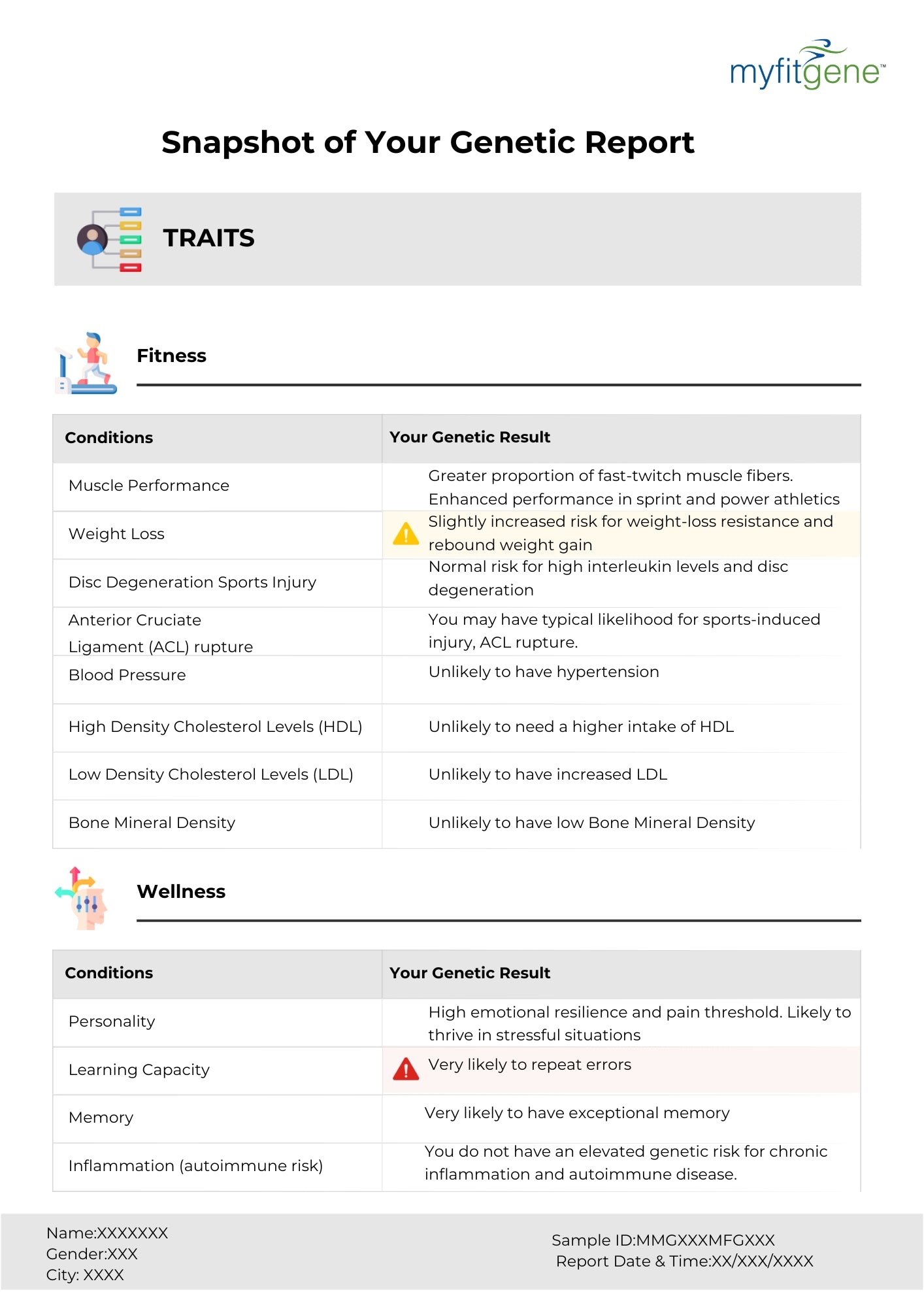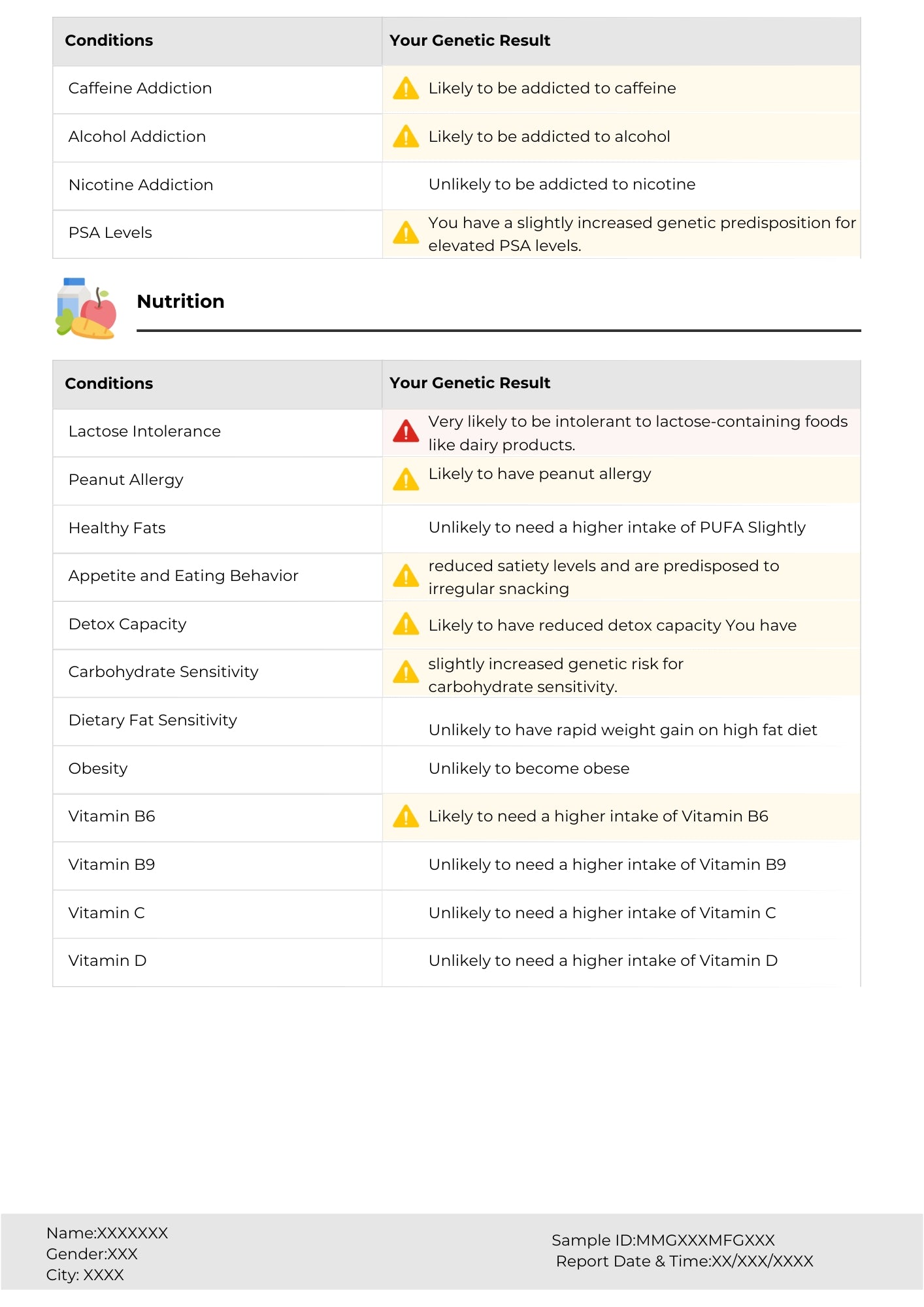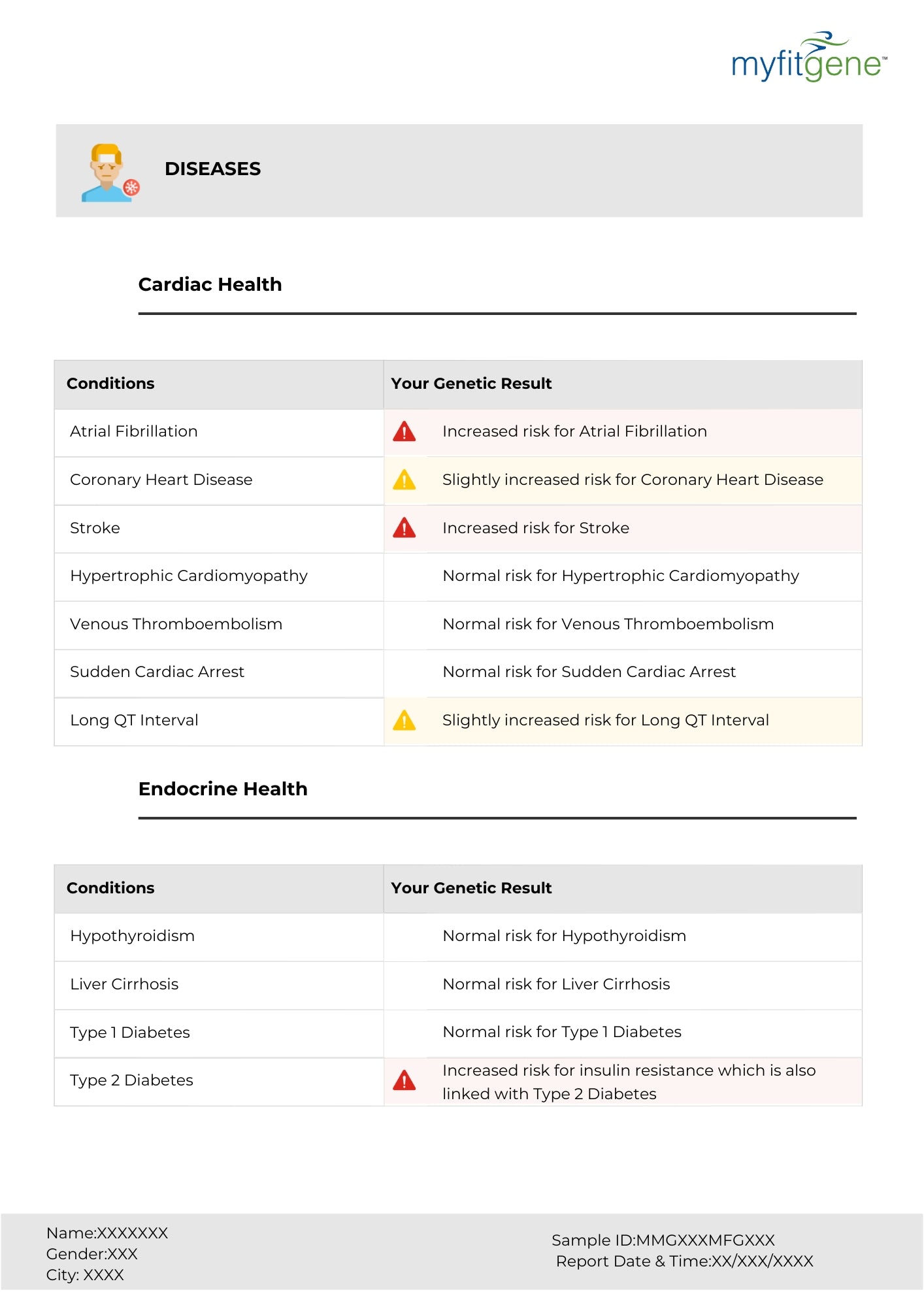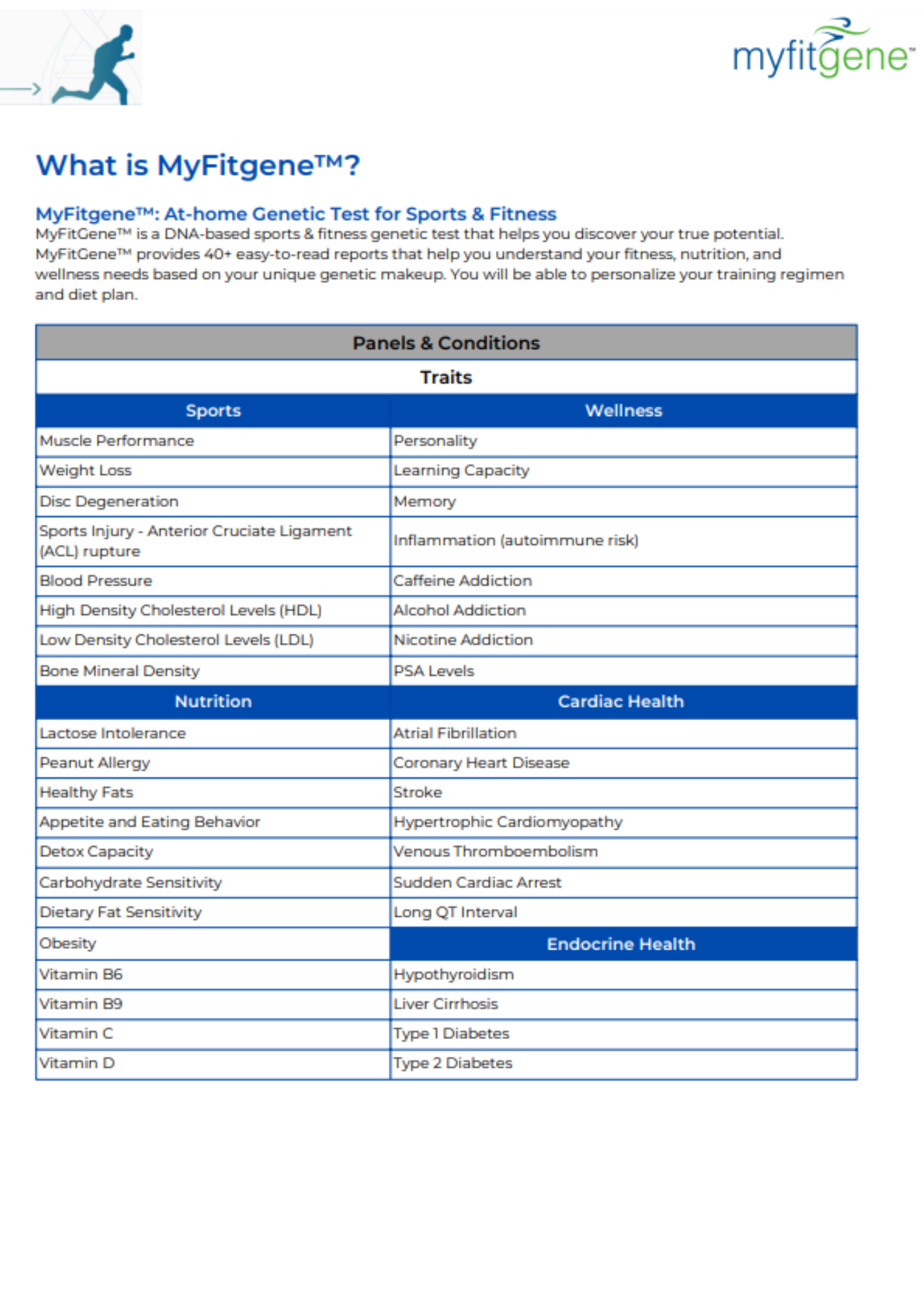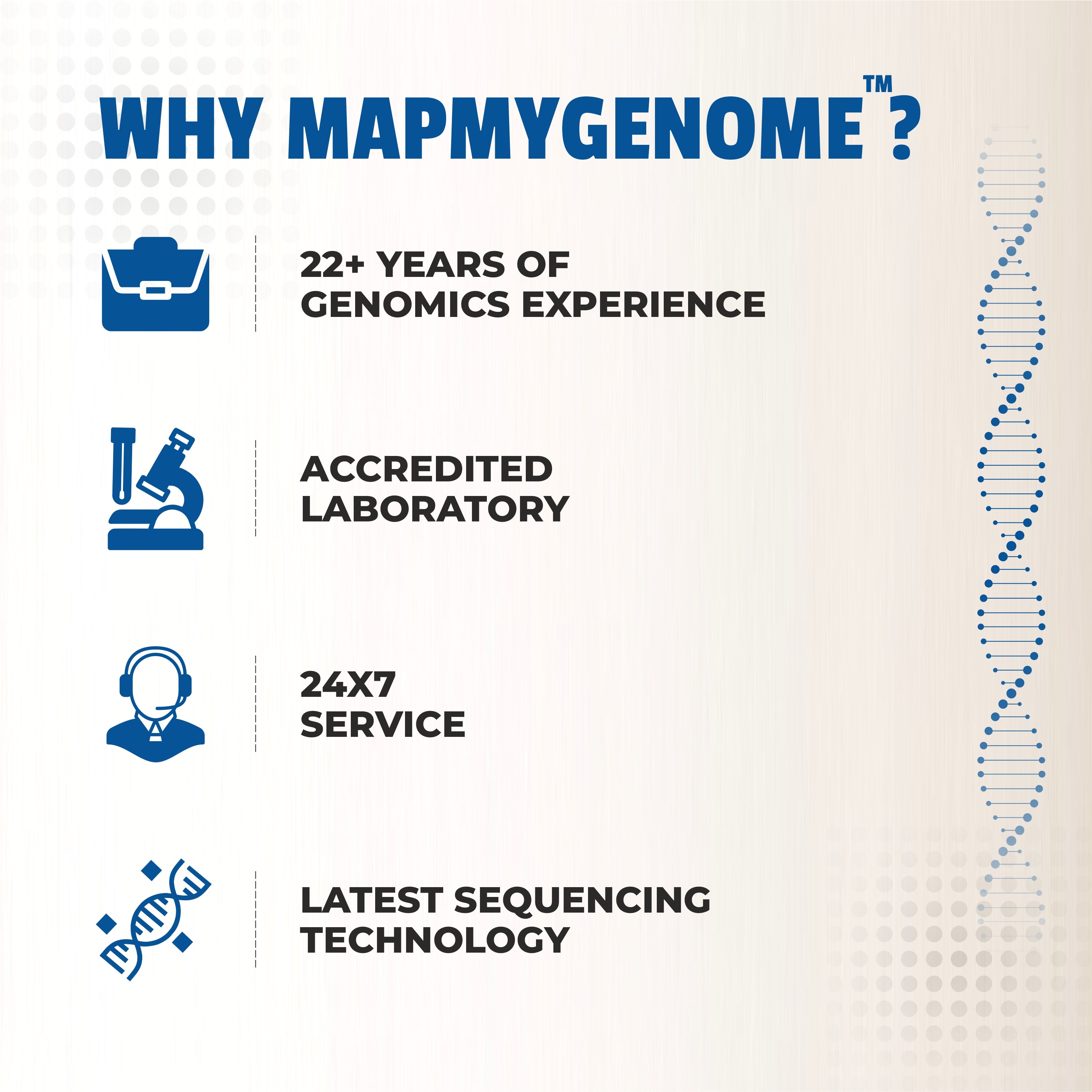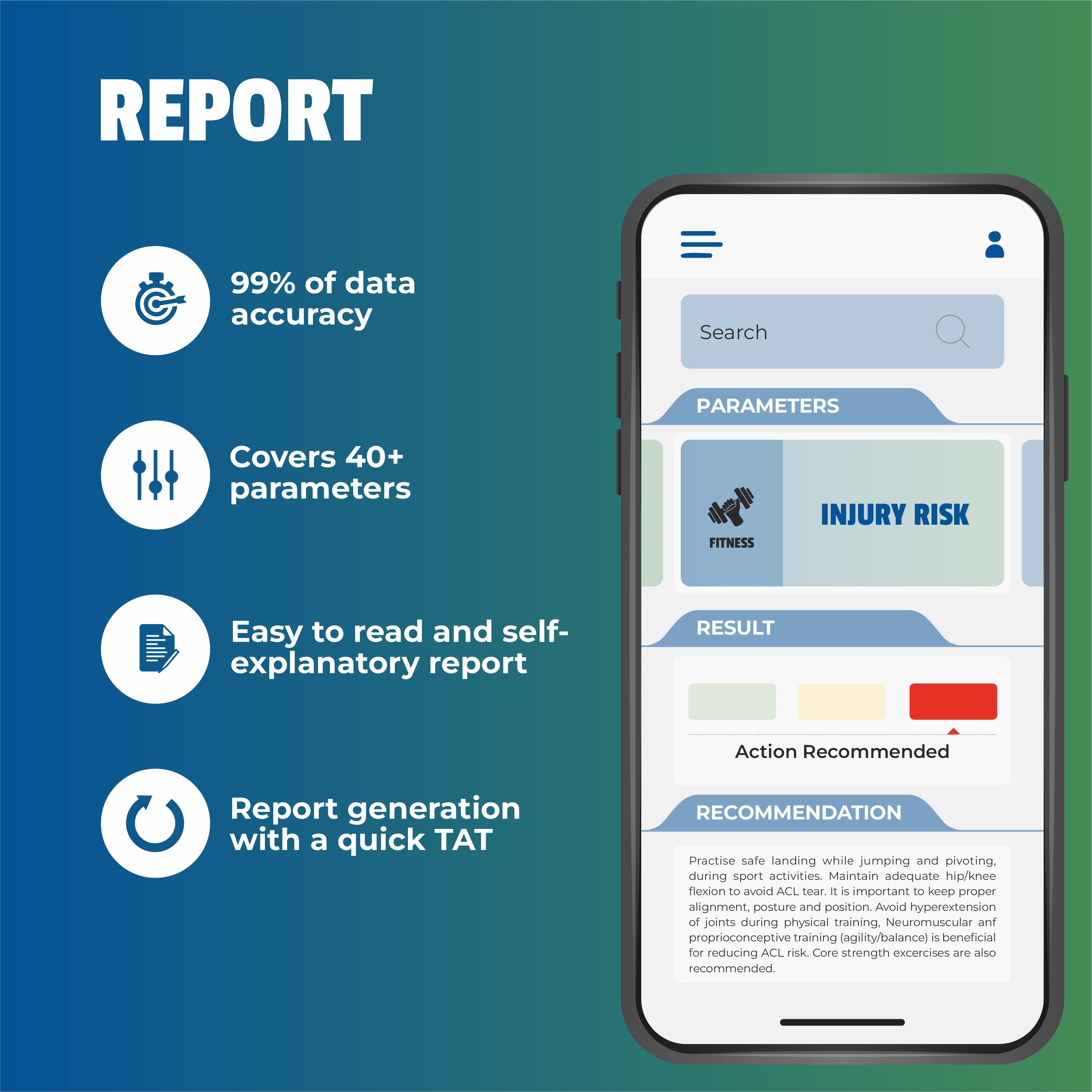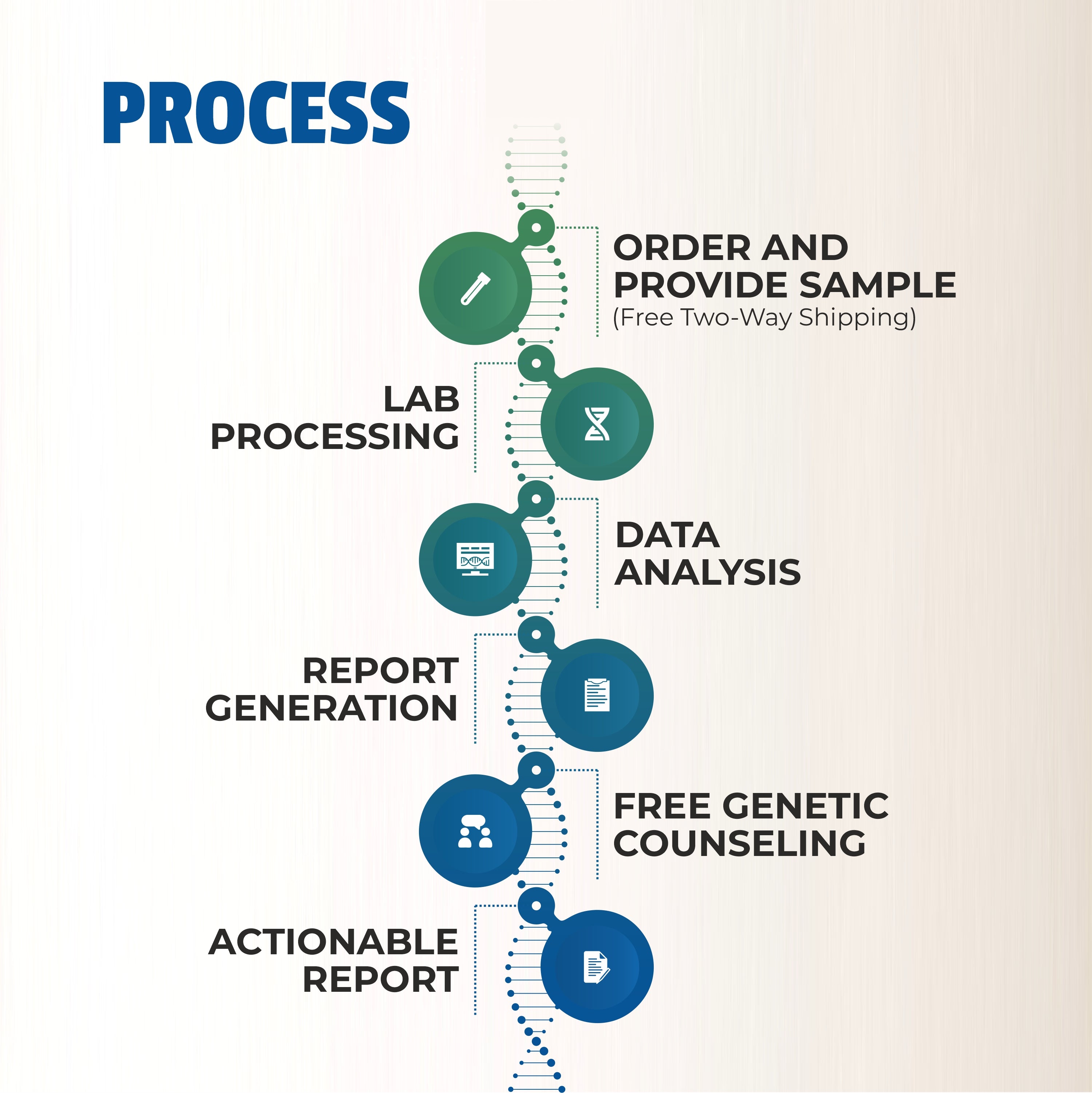In the world of health and fitness, personalization has become more than just a trend—it's a necessity. With countless workout programs, diet plans, and fitness strategies available, it's easy to feel overwhelmed when trying to find what works best for your body. Enter the concept of genetic testing for fitness—a groundbreaking approach that tailors your workout routine to your unique genetic makeup. By understanding how your body responds to exercise on a genetic level, you can optimize your fitness plan and maximize results. In this blog, we'll dive deep into how DNA fitness tests work, the benefits of personalized fitness programs, and why genetics play a pivotal role in reaching your fitness goals.
How Genetics Influence Your Fitness
Your genes are the building blocks that determine everything from your eye color to your metabolism. In fitness, certain genes affect how your body responds to different types of exercise, how quickly you recover, and even how prone you are to injury. Genetic testing provides insights into the genetic variations that influence these factors, enabling you to customize your fitness routine based on your body's natural abilities and limitations.
Here are some key areas where genetics influence fitness:
-
Muscle Composition: Some people are genetically predisposed to have more slow-twitch muscle fibers, which are better suited for endurance activities like running or cycling. Others have more fast-twitch fibers, making them naturally stronger and better at activities like weightlifting or sprinting.
-
VO2 Max: Your maximum oxygen uptake (VO2 max) is a key indicator of cardiovascular fitness. Certain genetic variants affect how efficiently your body uses oxygen during exercise, which can determine your stamina and endurance levels.
-
Lactate Threshold: This is the point during exercise when lactic acid builds up in your muscles, causing fatigue. Genetic testing can identify how your body processes lactate and whether you’re naturally predisposed to fatigue earlier or later than others.
-
Metabolism: Genes also influence how your body metabolizes fats, carbohydrates, and proteins. Knowing this information can help you adjust your diet to fuel your workouts more effectively and improve your performance.
-
Injury Risk: Some people are more prone to injuries like tendonitis, stress fractures, or ligament tears due to genetic factors. Understanding your genetic susceptibility to injury can help you take preventive measures, such as incorporating specific exercises to strengthen vulnerable areas.
What Is a DNA Fitness Test?
A DNA fitness test involves collecting a sample of your saliva or a swab from your cheek to analyze specific genes related to physical fitness. These genes are then assessed to provide personalized recommendations on exercise, diet, and recovery strategies based on your genetic profile. The results of the test can tell you whether you're better suited for endurance or strength training, how fast your body recovers from exercise, and which nutrients your body needs to function at its best.
Some of the common insights from a DNA fitness test include:
- Aerobic capacity: How efficiently your body uses oxygen during exercise.
- Muscle fiber type: Whether you have a predisposition for endurance or power-based activities.
- Recovery time: Your genetic ability to recover from intense workouts.
- Nutritional needs: Personalized dietary recommendations to enhance performance.
- Injury risk: Genetic markers that may indicate a higher likelihood of injuries.
The Benefits of Personalized Fitness Programs
With a DNA-based fitness plan, you move away from the traditional "one-size-fits-all" workout programs. Instead, you adopt a tailored approach that accounts for your genetic strengths and weaknesses. Here are some of the key benefits:
-
Maximize Efficiency A DNA fitness test can tell you whether your body is better suited for endurance exercises like long-distance running or power-based exercises like weightlifting. Armed with this information, you can focus on the types of workouts that are most effective for your body, saving time and maximizing results.
-
Faster Recovery Genetic testing can reveal how well your body recovers from strenuous activity. For instance, people with a genetic predisposition to slower recovery may need more rest days between intense workouts or might benefit from certain recovery techniques like cold therapy or stretching routines. On the flip side, if your genetics show that you recover quickly, you can push harder and more frequently during your workouts.
-
Personalized Nutrition Your genes also influence how your body processes macronutrients like fats, proteins, and carbohydrates. For example, you might discover that your body is genetically wired to process carbs more efficiently, making a high-carb diet ideal for you. Alternatively, your body may thrive on a higher fat intake, especially if you're genetically inclined to burn fat for fuel during exercise. Tailoring your diet to your DNA can significantly enhance your performance and energy levels.
-
Injury Prevention If your DNA fitness test reveals that you have a higher risk of certain injuries, you can take preemptive steps to strengthen those areas and reduce the likelihood of injury. For instance, if you're prone to ligament issues, adding flexibility exercises and strength training for surrounding muscles can help prevent future injuries.
-
Achieve Long-Term Goals Personalized fitness programs based on your genetics offer a long-term approach to health and fitness. By working with your body’s natural capabilities and limitations, you can create a sustainable fitness plan that aligns with your goals and minimizes the risk of burnout or injury. Whether your goal is to build muscle, improve endurance, or maintain a healthy weight, your DNA can provide the blueprint for lasting success.
How to Use Genetic Testing for Fitness
Once you’ve taken a DNA fitness test and received your results, you can begin implementing the findings into your fitness routine. Here’s how you can use the insights from your DNA to enhance your workouts:
-
Endurance vs. Strength Training: Based on your muscle fiber composition, you can decide whether to focus more on strength training or endurance activities. If you’re better suited for endurance, prioritize running, cycling, or swimming. If you have more fast-twitch fibers, lift heavier weights and focus on power-based exercises.
-
Recovery Optimization: If your results show that you require more recovery time, be sure to schedule adequate rest between high-intensity sessions. Incorporating active recovery days, such as light yoga or walking, can also help improve recovery while keeping you active.
-
Nutritional Adjustments: Tailor your diet based on your genetic profile. If your body metabolizes fats efficiently, include more healthy fats like avocados, nuts, and olive oil in your diet. If you’re a slow carb metabolizer, focus on low-glycemic foods that don’t spike your blood sugar.
-
Injury Prevention: Incorporate exercises that target weaker areas or joints at risk of injury. For instance, if you’re prone to knee injuries, strengthen the muscles around the knee and work on flexibility to reduce the impact on your joints.
Does Genetic Testing Guarantee Fitness Success?
While genetic testing for fitness offers valuable insights, it’s important to remember that it’s just one piece of the puzzle. Factors like consistency, motivation, and external environment also play significant roles in achieving fitness success. Your DNA provides the framework, but how you apply it will determine your results.
For instance, even if your genetics suggest that you’re naturally inclined toward endurance activities, you won’t see results unless you consistently train for endurance. Similarly, if your genetics indicate that you recover quickly, you’ll still need to follow proper rest and recovery protocols to avoid overtraining.
Conclusion: Optimize Your Fitness with DNA Insights
Incorporating genetic testing into your fitness routine can revolutionize how you approach exercise, recovery, and nutrition. By aligning your workout plan with your genetic makeup, you unlock the potential for faster progress, fewer injuries, and a more enjoyable fitness journey. Whether you’re a seasoned athlete or a fitness enthusiast, DNA fitness testing can help you make informed decisions that lead to sustainable, long-term results.


